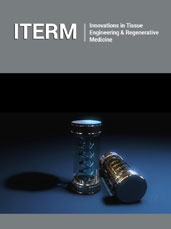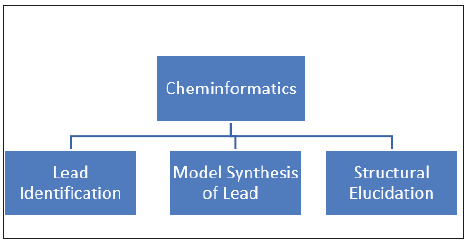- Submissions

Full Text
Innovation in Tissue Engineering & Regenerative Medicine
Application of Quality by Design (QbD) Approach in Regenerative Medicine
Mamta Thakur1* and Abhilash Thakur2
1 Department of Applied Chemistry, India
2 Department of Chemistry, India
*Corresponding author:Mamta Thakur, Department of Applied Chemistry, Indore, India
Submission: April 15, 2019;Published: April 24, 2018

Volume1 Issue2April, 2019
Introduction
Regenerative medicine are the chemical/biochemical systems that mimics normal functions of human systems. The objective of regenerative medicine is to replace or regenerate human cell, tissue or organs. In this article emphasis has been given to the computer aided design of the biochemical systems to restore & enhance therapeutic value of the medicine, to reduce the journey time of the medicine from laboratory to market, to develop cost effective methodologies and to eliminate trail-error dynamics from the area of medicine. Over and above in some cases computer aided drug design also succeeded in eliminating some animal trials.
Computer aided drug design (CADD) is the technique which retrieves the data stored in cheminformatics tools and converting that data into information and utilizing the information to acquire knowledge for designing of new drug molecule. This technique has ample of examples in the area of conventional medicine, same can be applied in the area of regenerative medicine. The primary requirement to design regenerative models through CADD technique is the availability of data which is based on normal functioning of biological system viz., gene sequence to model a desirable gene and subsequently a particular character (called Genomics), amino acid sequence to design particular protein (The process of designing of novel protein by using amino acid sequence of already existing protein is called Homology Modelling, Proteomics). By bridging between cheminformatics and CADD the designing of novel regenerative design is possible. There are three domains of Cheminformatics as described in Figure 1.
Figure 1:Three major domain of Cheminformatics.

Lead identification
There are two approaches in lead identification Ligand based drug designing (LBDD) and structure-based drug designing (SBDD). The basic difference between two approaches is- In former, the novel drugs has been designed by making use of information of already existing molecules of same structural skeleton and in later novel drug is designed on the basis of structure of its target protein or enzyme. Same if applied on genes and protein it leads to the development of novel gene sequence and novel protein, respectively. This could be a smart way to reach up to desirable regenerative medicine with cost and time effectiveness. In LBDD major task is to identify the pharmacophore and to establish Quantitative Structure activity relationship (QSAR) of targeted drug. It is believed in medicinal chemistry that activity of any compound is the function of its structure. The QSAR study reflects all the structural requirement of the compound.
Modelling of synthesis
Once the physical and chemical properties of molecule designed in above step is known then possible route for synthesis can be designed by applying mechanistic principles of organic chemistry. On the basis of basic skeleton and substituent present on designed drug, synthesis routes can be designed.
Structural elucidation
Immense data on spectral interpretations has been stored in the molecular data bank. By making use of that data and information, structural elucidation can be modelled. But still scope of development is left unturned in this area of cheminformatics and need attention!
Application of Chem-bioinformatics in Area of Regenerative Medicine
Bioinformatics has an object of interest viz., Protein, genes, DNA, RNA and cheminformatics largely deals with small drug molecules. Combination of the interest of these two areas will lead to the Quality by design of regenerative medicine. The systematic combination of these two areas has been expressed in Figure 2.
Figure 2:FT-IR spectrum of Gymnema sylvestre leaf extract mediated synthesized zinc nanoparticles.

Conclusion
The application of Chem-bioinformatics in the designing of regenerative medicine is the budding area and have an immense scope for a scientific community. It is expected to shift or expand the applications of Cheminformatics, Bioinformatics, Computer aided drug design, QSAR and Structure based drug design to regenerative medicine which leads to fast, economic and objective development of Regenerative medicine.
© 2019 Mamta Thaku. This is an open access article distributed under the terms of the Creative Commons Attribution License , which permits unrestricted use, distribution, and build upon your work non-commercially.
 a Creative Commons Attribution 4.0 International License. Based on a work at www.crimsonpublishers.com.
Best viewed in
a Creative Commons Attribution 4.0 International License. Based on a work at www.crimsonpublishers.com.
Best viewed in 







.jpg)






























 Editorial Board Registrations
Editorial Board Registrations Submit your Article
Submit your Article Refer a Friend
Refer a Friend Advertise With Us
Advertise With Us
.jpg)






.jpg)














.bmp)
.jpg)
.png)
.jpg)










.jpg)






.png)

.png)



.png)






